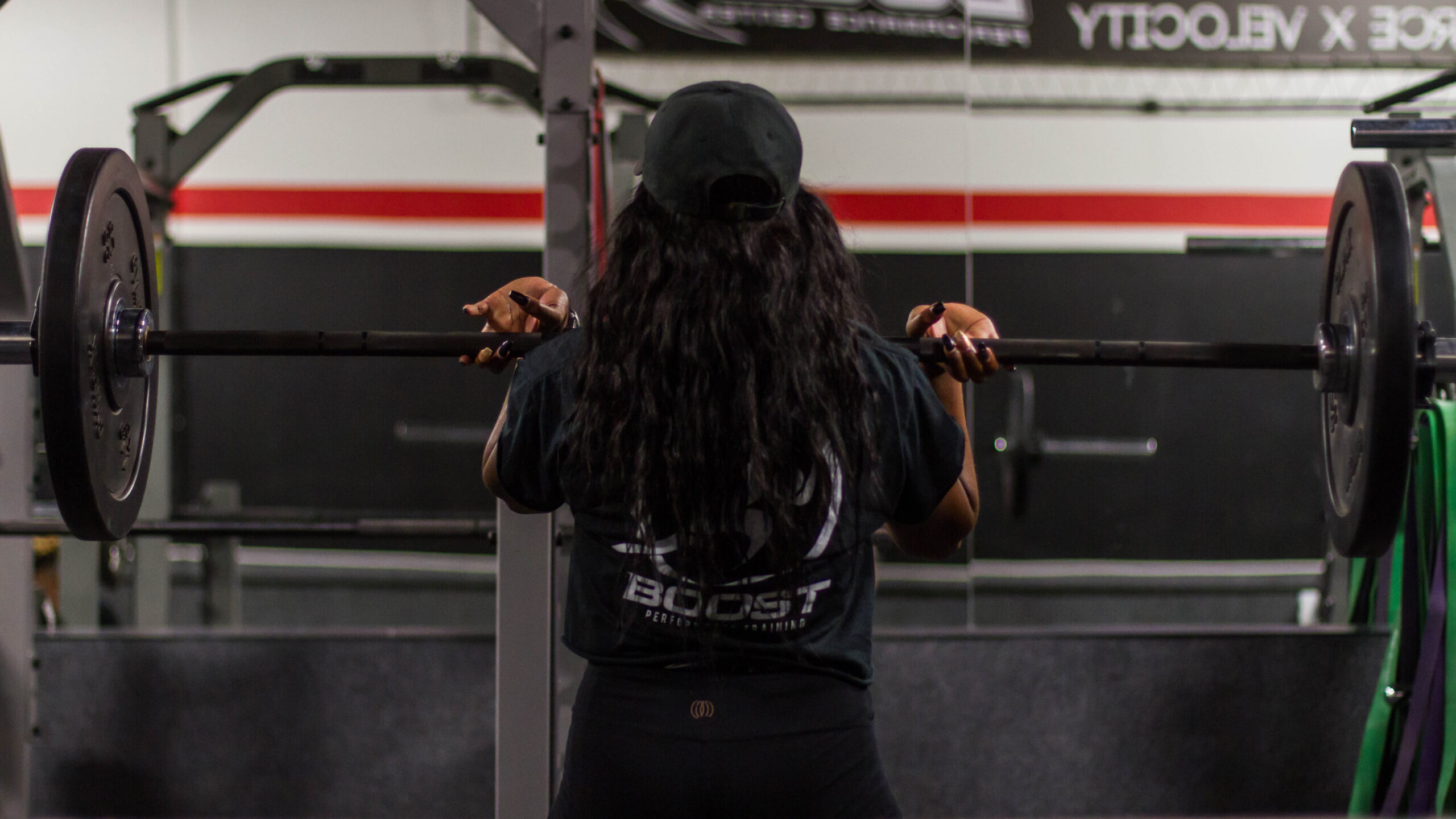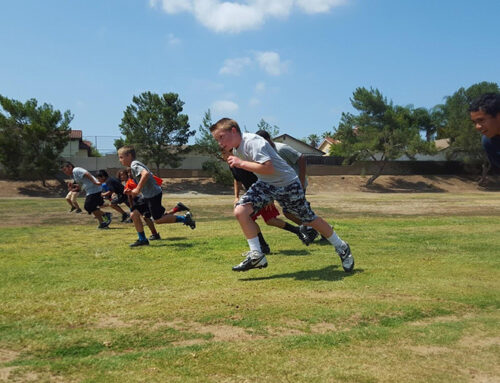In the realm of athletic development, there are various training approaches designed to enhance performance and optimize physical abilities. Two common methodologies that often come up in discussions are sport-specific training and strength and conditioning. While these two concepts share some similarities, they are fundamentally different in their aims and applications. At my gym, the Boost Performance Center we focus purely on the latter, so here I’ll shed light on the distinctions between sport-specific training and strength and conditioning, helping athletes understand the difference between the two, and what may be more appropriate for their goals.
Sport-Specific Training
Sport-specific training is a targeted approach that focuses on improving the specific skills, movements, and demands of a particular sport. This training methodology is tailored to the unique requirements and characteristics of the sport, aiming to enhance performance in competition. Sport-specific training typically involves exercises and drills that closely mimic the movements, intensities, and patterns observed in the sport. Think of a basketball point guard working on her 3-point shot, or a football lineman working pass protection technique.
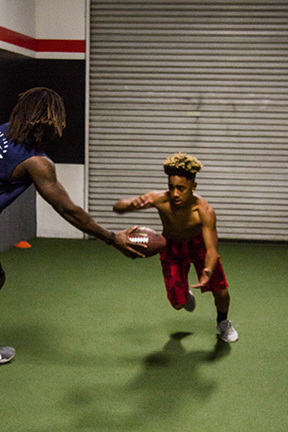
The primary goal of sport-specific training is to develop sport-specific skills, techniques, and strategies. It emphasizes the refinement of sport-specific movements, agility, coordination, reaction time, and decision-making abilities. This training approach enables athletes to optimize their performance by becoming more efficient, precise, and adaptable in executing sport-specific actions. While this type of training can be beneficial at any time of the year, for youth athletes it would be best suited for late off-season/pre-season when competition is right around the corner.
Strength and Conditioning
Strength and conditioning, on the other hand, is a broader training approach that aims to develop overall physical attributes and capabilities. It focuses on improving fundamental elements such as strength, power, speed, endurance, flexibility, and mobility. Strength and conditioning programs are designed to enhance an athlete’s physical capacity, regardless of their specific sport or activity.
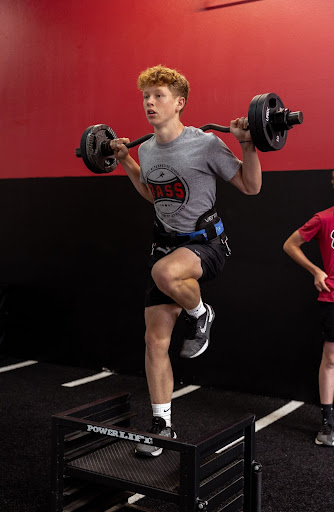
The primary goal of strength and conditioning is to develop a well-rounded athlete who possesses a solid foundation of physical qualities. This training methodology targets strength gains, muscular development, cardiovascular fitness, and injury prevention. It helps athletes build a robust physical framework that can be transferred to various sports or physical activities. Again, while strength and conditioning training can be beneficial at any time of the year, for youth athletes it’s best suited for the entirety of the off-season.
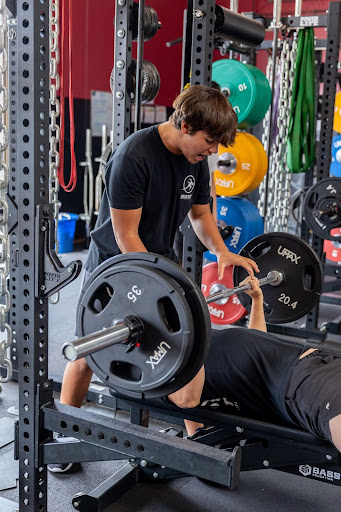
Key Differences
Training Focus:
- Sport-Specific Training: Emphasizes improving skills, techniques, and movements specific to a particular sport.
- Strength and Conditioning: Concentrates on developing overall physical attributes and capacities applicable across different sports and activities.
Exercise Selection:
- Sport-Specific Training: Involves drills and exercises that closely replicate the movements and demands of the sport being practiced.
- Strength and Conditioning: Incorporates a wide range of exercises targeting multiple physical attributes, using tools such as weights, resistance bands, cardio machines, and bodyweight movements.
Transferability:
- Sport-Specific Training: Primarily focuses on enhancing performance within a specific sport or activity.
- Strength and Conditioning: Aims to improve general physical attributes that can be transferred to various sports and activities, promoting versatility and adaptability.
Timing and Periodization:
- Sport-Specific Training: Often implemented closer to competitive seasons to fine-tune sport-specific skills and strategies.
- Strength and Conditioning: Typically integrated throughout the year, including off-seasons, pre-seasons, and in-seasons, to develop overall physical qualities and maintain performance levels.
Both sport-specific training and strength and conditioning play crucial roles in athletic development, but they differ in their primary focus and scope. Sport-specific training hones in on the specific movements and skills required in a particular sport, aiming for optimal performance within that realm. Strength and conditioning, on the other hand, takes a broader approach, aiming to improve overall physical attributes applicable across multiple sports and activities.
For athletes, understanding the distinctions between these two training methodologies is essential when it comes to partaking in a well-rounded training program that addresses their unique needs and goals. As a strength and conditioning coach, I believe both methodologies have their place in development, but strength and conditioning is the key to longevity and continued athletic improvement. Though when used correctly, balancing sport-specific training and strength and conditioning can provide athletes with the best of both worlds, optimizing their performance and fostering long-term athletic development.-Boostman
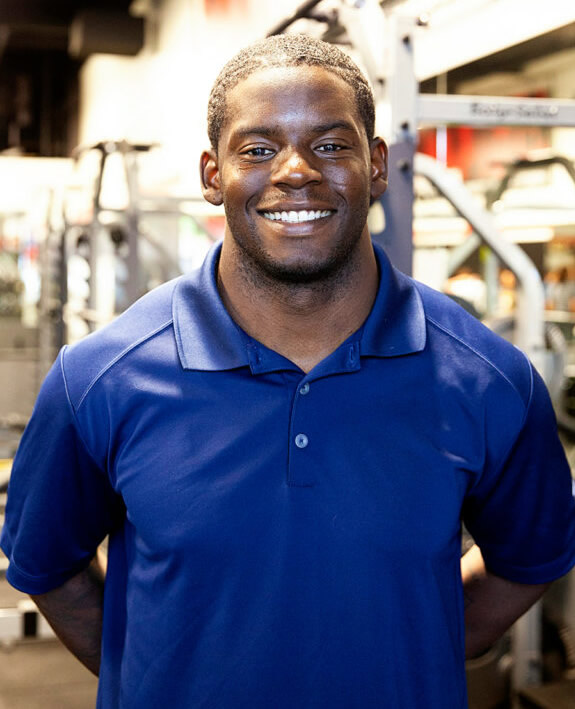
Owner, Boost Training Systems in Corona, CA
Level 1 & 2 Coach Bommarito Performance
CSCS, USAW

